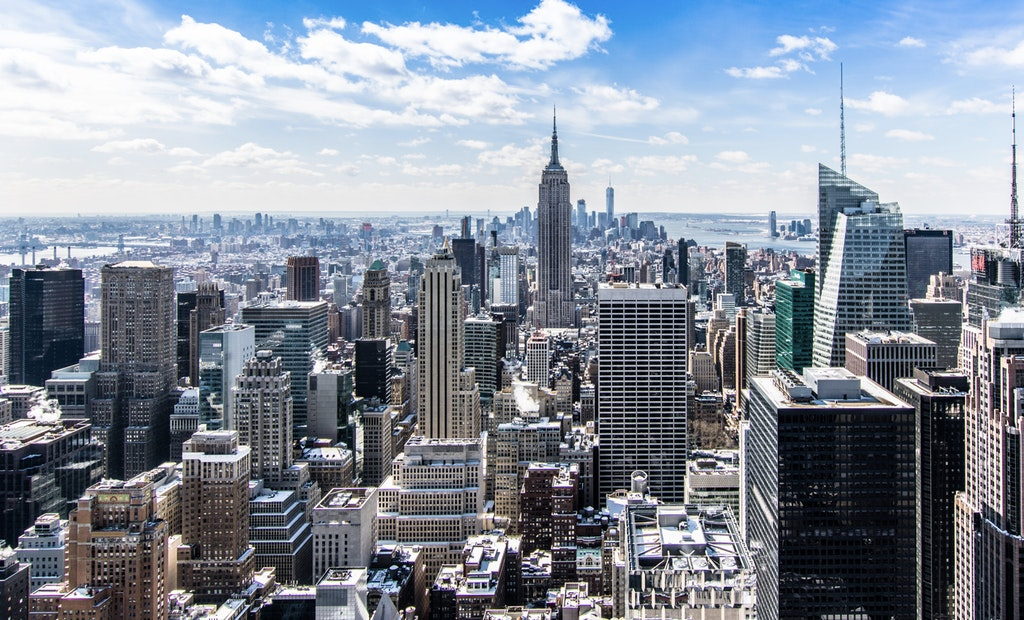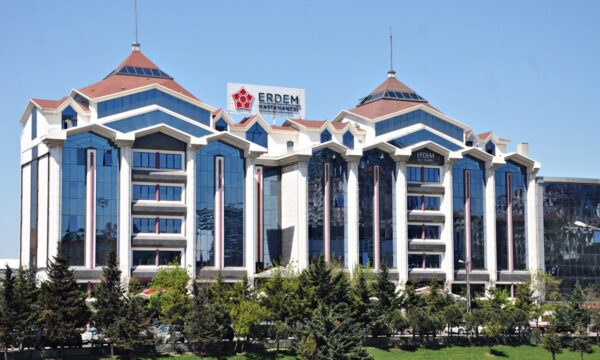New Amsterdam: New York before it was New York

Did you know, the great American city of New York hasn’t always been known as New York? During 1626 and 1664, New Amsterdam was the main town of the Dutch Colony of New Netherland, also known as the “capital” of New Netherland.
Where it all started…
In the early 17th century, the Dutch had already established colonies and trading hotspots and, in 1609, they hired Henry Hudson for a voyage which led him to go to North America and sail up the (now) Hudson River. Within a year of this exploration, the Dutch began trading for furs along the Hudson River and the Connecticut and Delaware River Valleys. They went on to purchase Manhattan for trinkets that are equal to several thousands of dollars today, in order to secure the lucrative trading areas further up the river and help create a great port of entry.
Little growth and immigration
Despite the Dutch ownership, New Amsterdam never grew as large or as commercially active as Boston or Philadelphia and, because the Dutch economy was good, there was little need for people to migrate to New Amsterdam. The Dutch government did try to increase immigration by influencing wealthier people, offering them large quantities of land if they brought immigrants to the area within three years but this wasn’t widely taken up.
Who did live in New Amsterdam?
Those who did choose to migrate to New Amsterdam included French Protestants, Jews and Germans. Due to the lack of immigration, and the people of New Amsterdam thus relying heavily on slave labour, by 1640 Africans counted for a third of New Amsterdam.
A different side to slave labour
The Dutch had different ways of treating slaves compared to the English colonists as they allowed them to learn to read, be baptized and even get married in the Dutch Reform Church. In some cases, slaves were also allowed to earn wages and own property. With such differences, by the time the English took over New Amsterdam, a fifth of the slaves were “free”.
English takeover
In August 1644, English warships under the leadership of Colonel Richard Nicolls arrived to take over. Due to the lack of Dutch people among the inhabitants – and an unpopular ruler in Dutch Governor Peter Stuyvesant – New Amsterdam was relinquished to the English without a fight. It was renamed New York in honour of the Duke of York who organised the takeover mission.
Nowadays
New York is now a hustling and bustling major city famous for iconic landmarks including Times Square, the Empire State Building, the Statue of Liberty, Central Park, the Rockefeller Centre, and the Brooklyn Bridge. It’s a beautiful city bursting with opportunity and culture. Known as the city that never sleeps, New York’s hotels are top class and offer the perfect base to explore all of the above. Plan ahead properly and you’ll even be able to see a glimpse of New Amsterdam with sights and attractions that hark back to those pre-New York days.
The editorial unit

























Facebook
Twitter
Instagram
YouTube
RSS